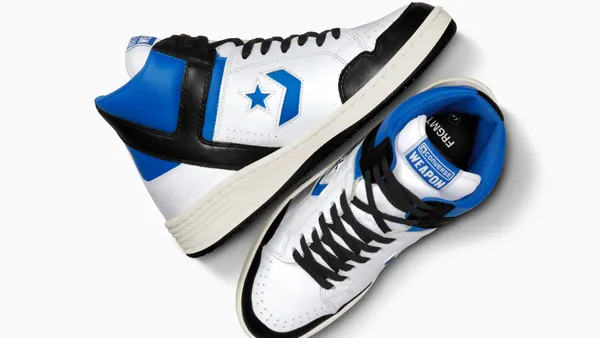Dive Brief:
-
Walmart and Lord & Taylor on Monday announced that the department store will open a flagship storefront on Walmart.com in spring 2018, confirming a report of a partnership first reported by The Wall Street Journal last month.
-
Walmart is also re-tooling its website for fashion sales, "adding elements of discovery and inspiration," according to a press release from both companies.
-
The partnership between the two legacy retailers for online fashion sales comes as Lord & Taylor prepares to exit its flagship store on 5th Avenue in New York, which parent Hudson’s Bay last month sold to office space startup WeWork under pressure from an activist investor.
Dive Insight:
This move is designed to answer the call from Walmart’s online customers, who are demanding more upmarket fashion items, according to Denise Incandela, head of fashion at Walmart U.S. e-commerce, who recently arrived from bankrupt women's footwear brand Aerosoles.
It’s also likely an answer to Amazon, which has steadily built an online fashion empire with surging sales in private label goods in footwear, lingerie, basics, accessories, workwear, dresses and other segments. Most recently the e-commerce giant developed private activewear lines, working with vendors that also do business with Nike, Lululemon Athletica and Under Armour.
Walmart’s ongoing massive push to improve its digital apparel sales has also included the acquisition this year of women’s apparel site Modcloth, menswear site Bonobos, footwear site Shoebuey and outdoor apparel site Moosejaw. But instead of selling on walmart.com, for now these units are sticking to their own e-commerce sites or selling through Walmart’s Jet unit, which already attracts more upscale customers "because the demographics they serve are very nicely aligned," Ravi Jariwala, senior director of public relations at Walmart.com, told Retail Dive earlier this year.
A close association with Walmart is a mixed bag for more upscale brands like Lord & Taylor, whose customers are in demographic groups that don't generally frequent Walmart stores; the average Walmart customer is less wealthy and quite a bit older than those typically shopping at Target and Amazon, and the company has had difficulty in the past with moving beyond that core base. Walmart has built a formidable distribution network and has the deep pockets to help these young companies scale. But aligning too closely with Walmart could hurt a higher-end brand's ability to sustain higher price ranges.
"From the consumer perspective, if I hear 'Walmart' I’m expecting a dress to cost a whole lot less than $90," Kelly-Jo Sands, EVP of marketing technology at marketing firm Ansira, told Retail Dive. "Their price point would have to come down, the way Target’s designer collections are higher than their normal brands, but not even as high as what Modcloth is getting."
Several analysts have hailed Walmart's efforts, which have resulted in steep increases in its e-commerce sales. "It is understandable why Walmart would want to build its apparel sales on the internet, as almost 30% of apparel sales are occurring online, and Walmart is not currently participating," retail analyst Nick Egelanian, president of retail development consultants SiteWorks International, told Retail Dive in an email.
But that doesn't mean that this particular alliance makes sense, and Walmart may be better off teaming up with off-price sellers like Ross or TJ Maxx. "Walmart’s shoppers have little in common with Lord and Taylor’s shoppers," Egelanian said. "Lord and Taylor shoppers are unlikely to trust [the] Walmart brand, and the department store industry is a dying business in any case. Keep in mind that TOTAL department store industry sales this year will likely not exceed $70 billion while Walmart alone will do over $500 billion in worldwide sales this year."














